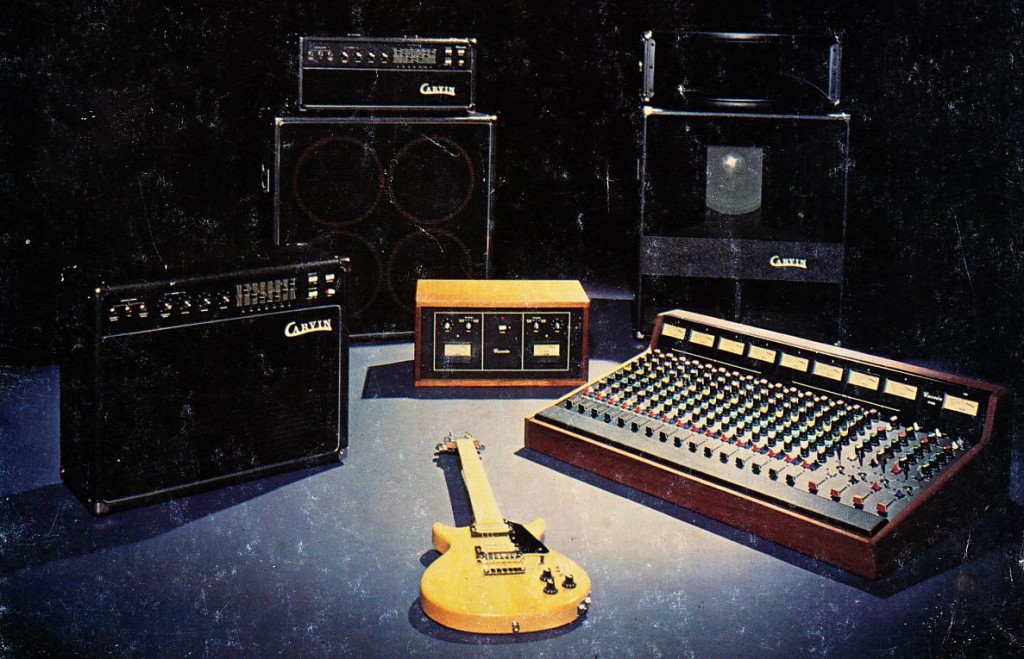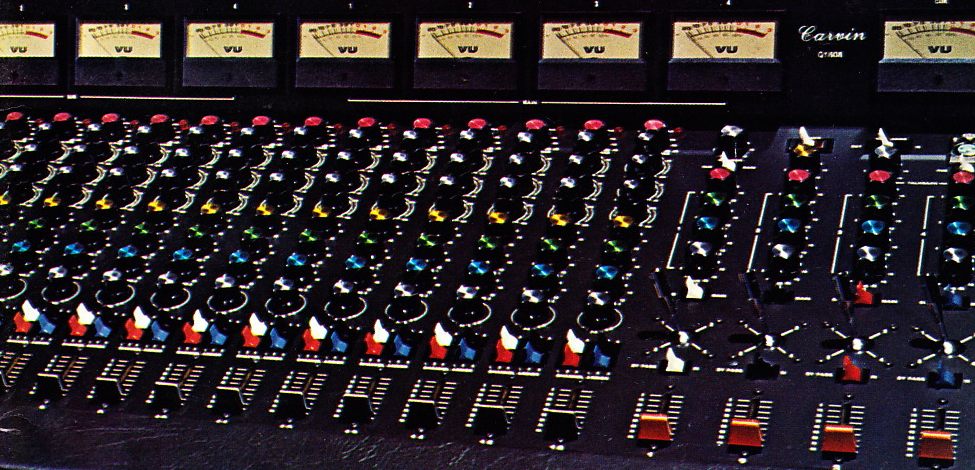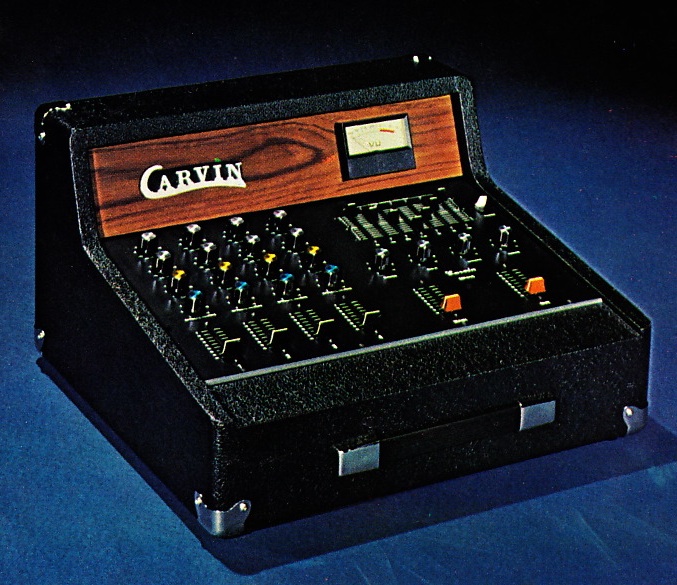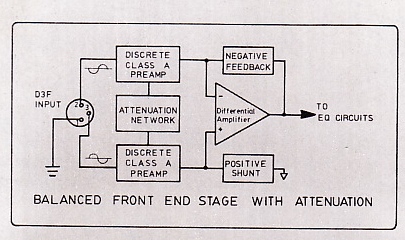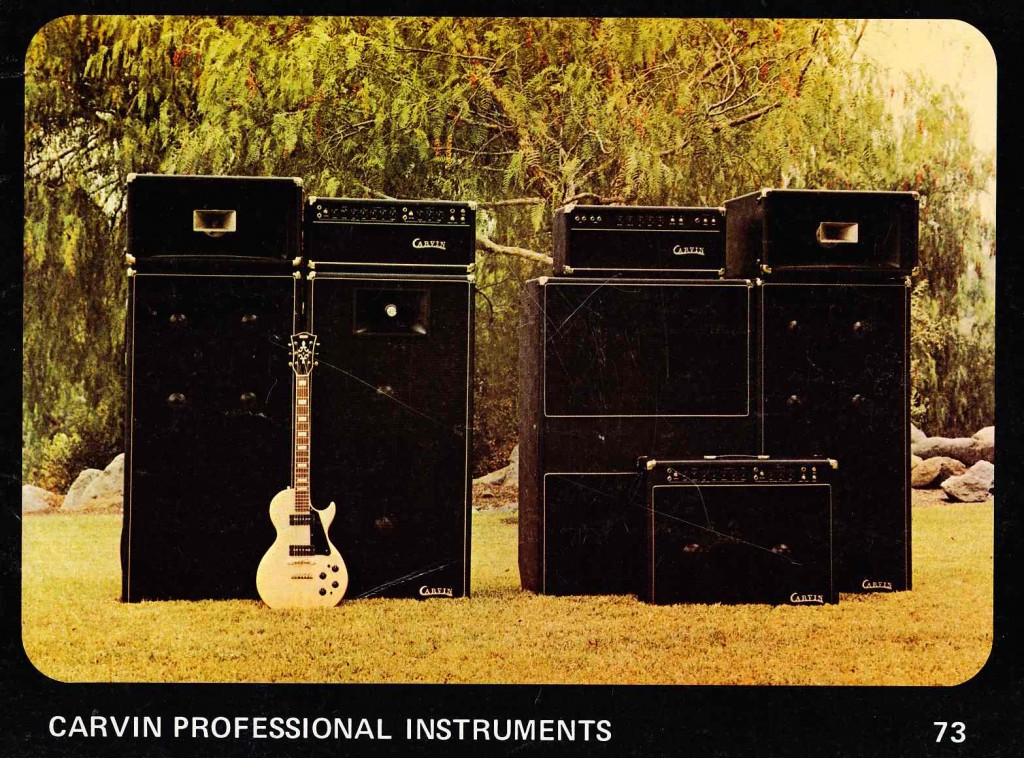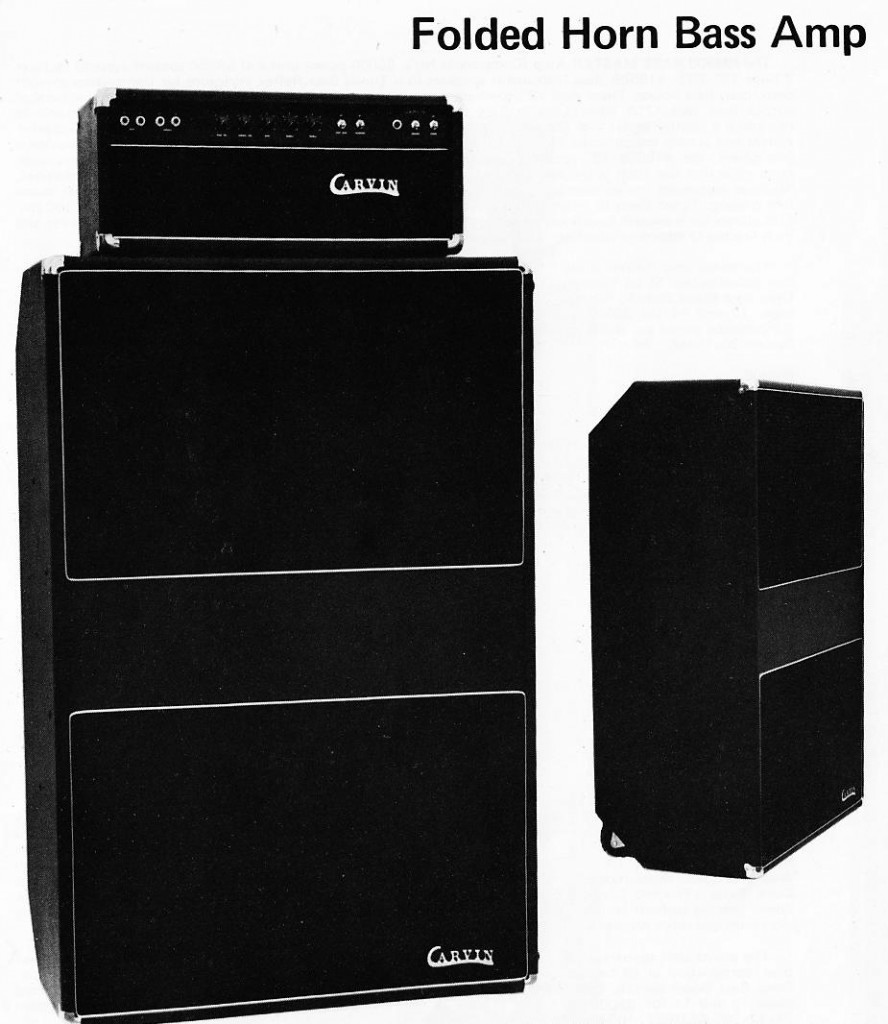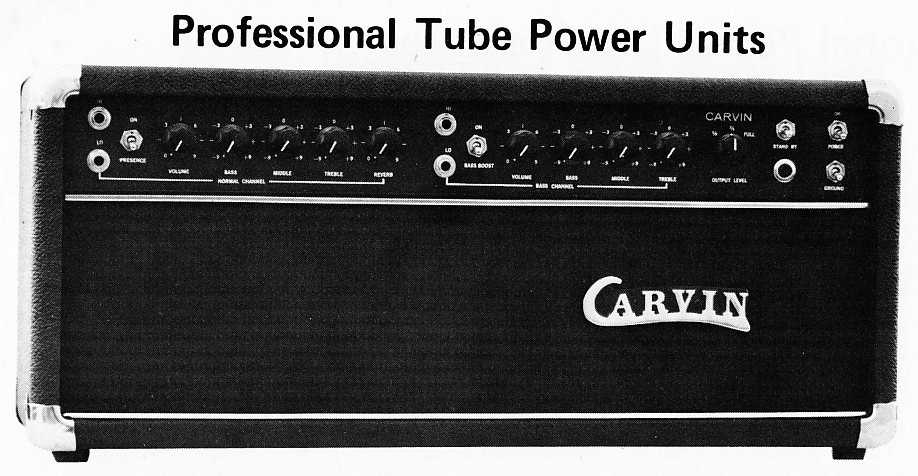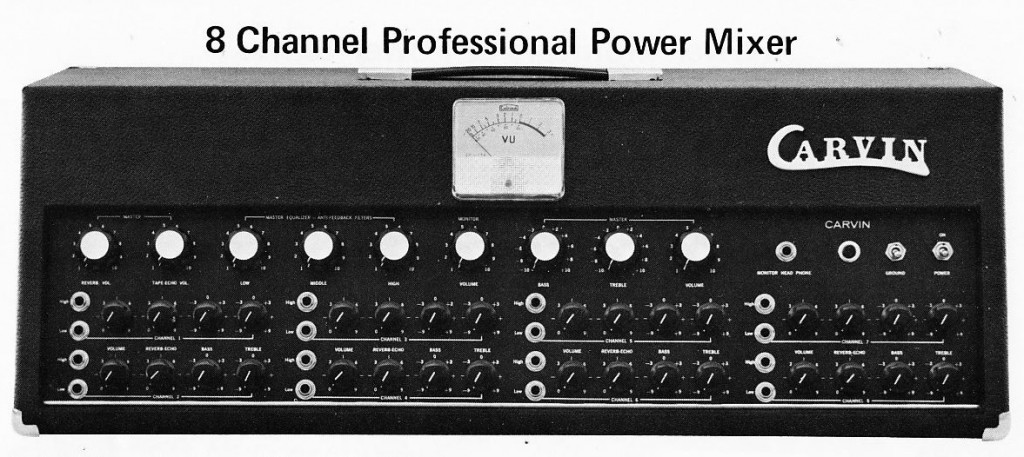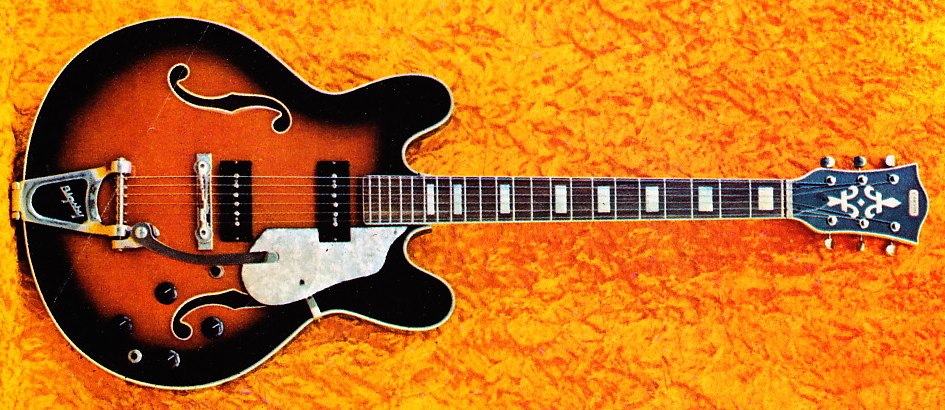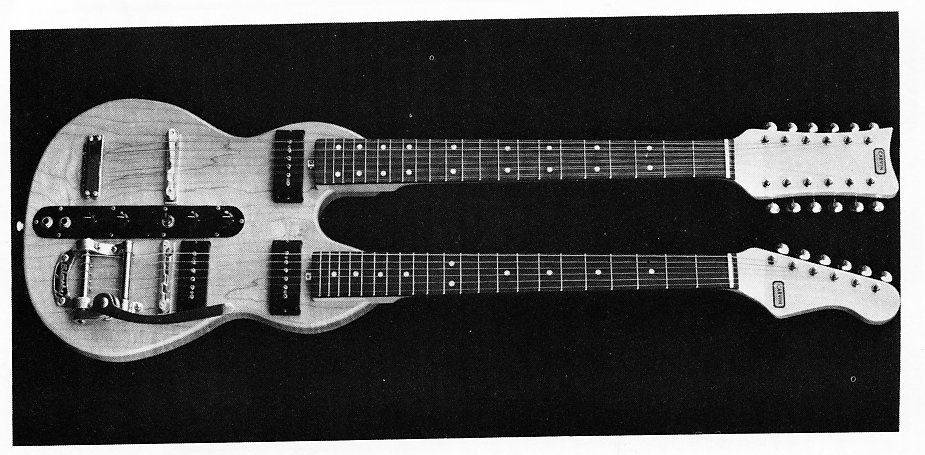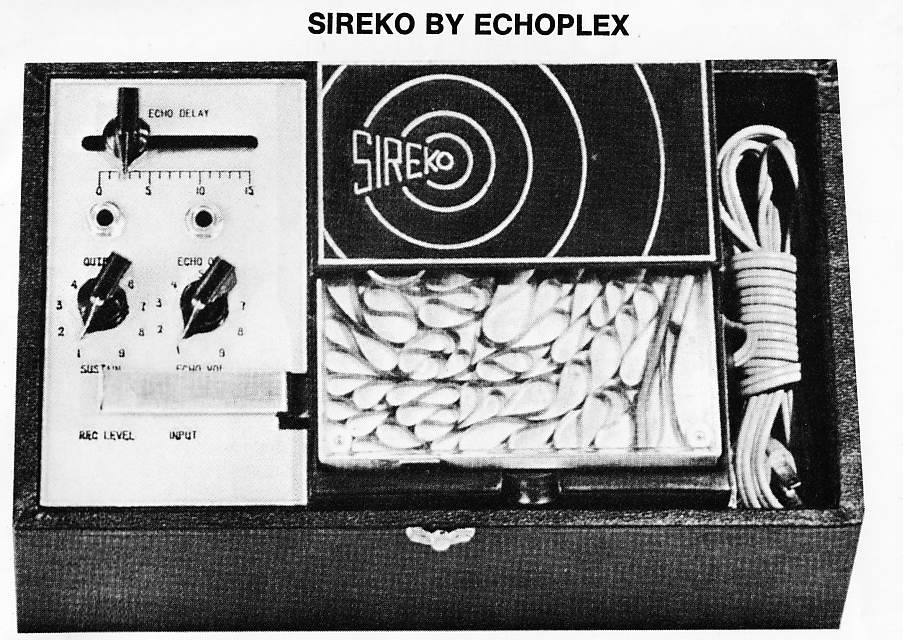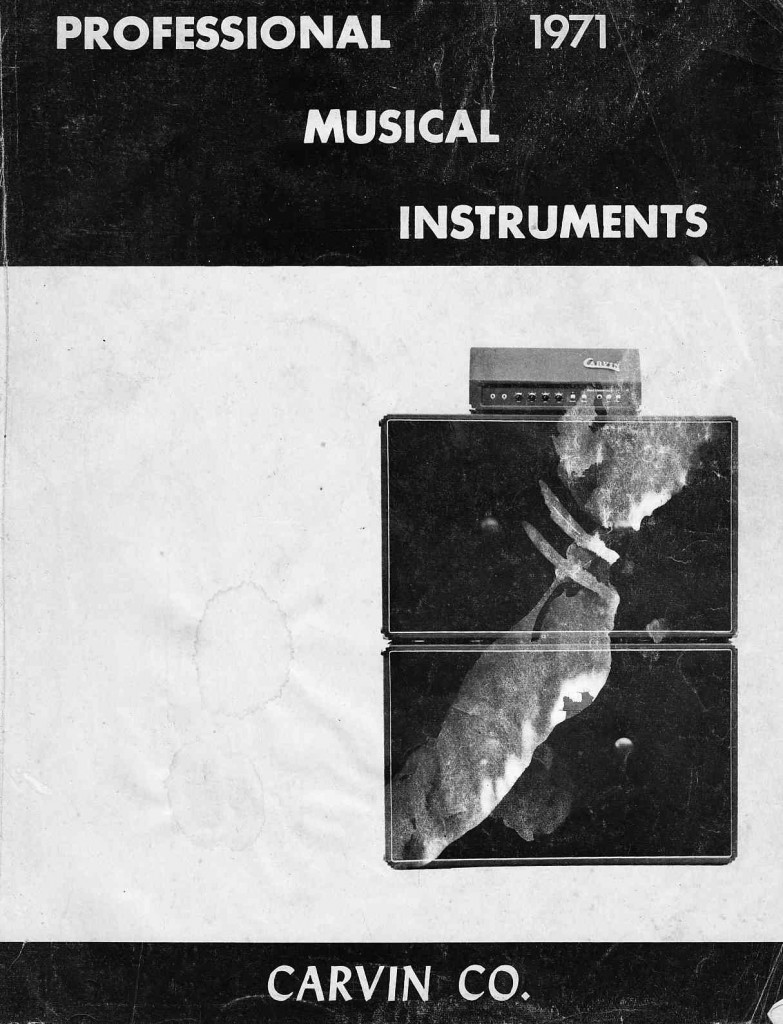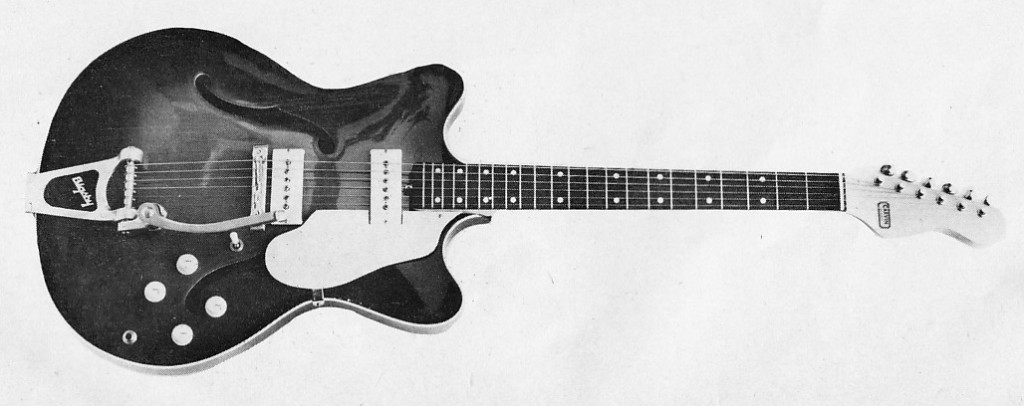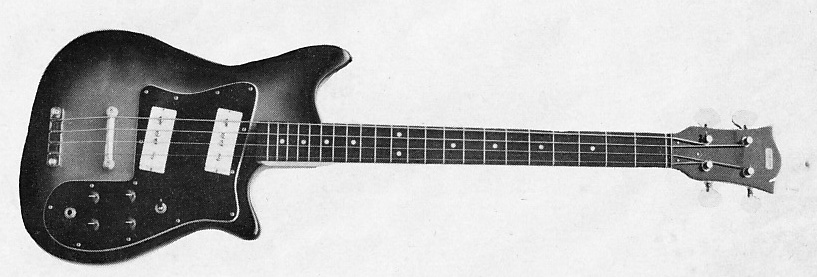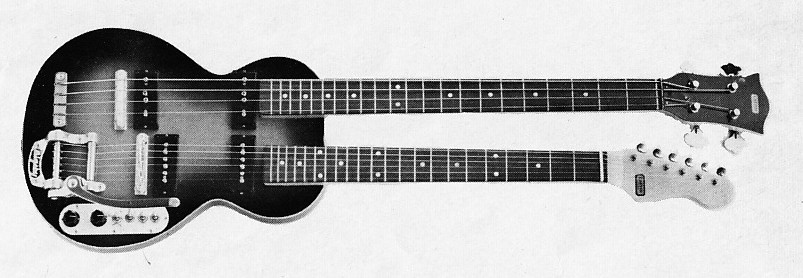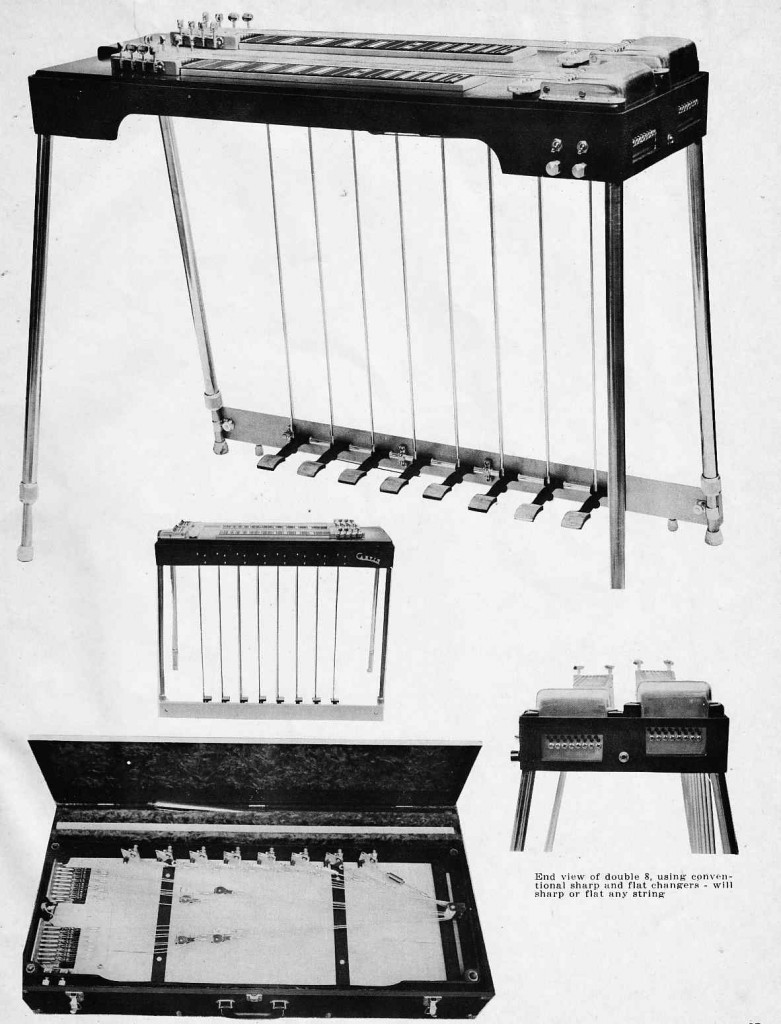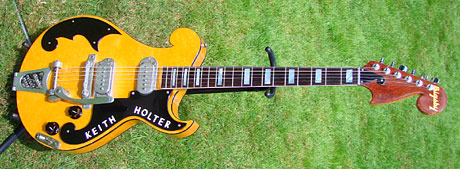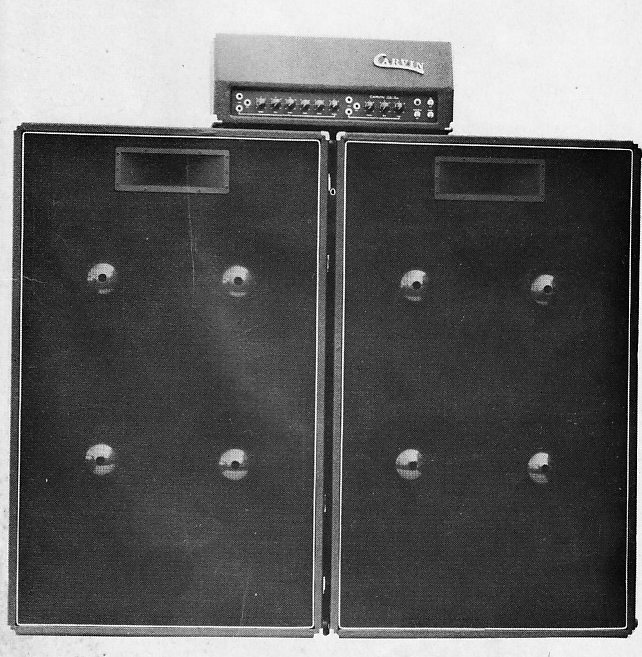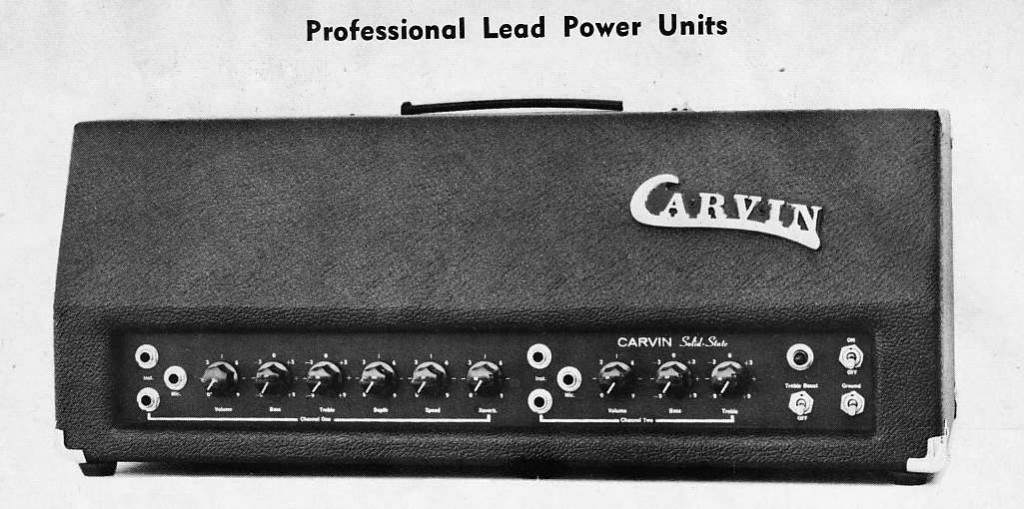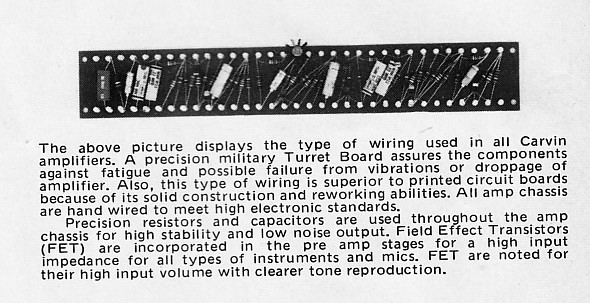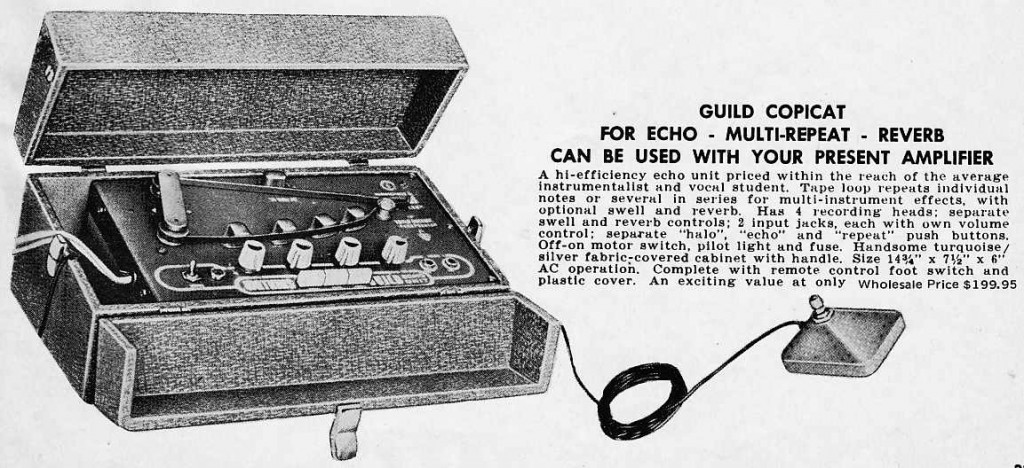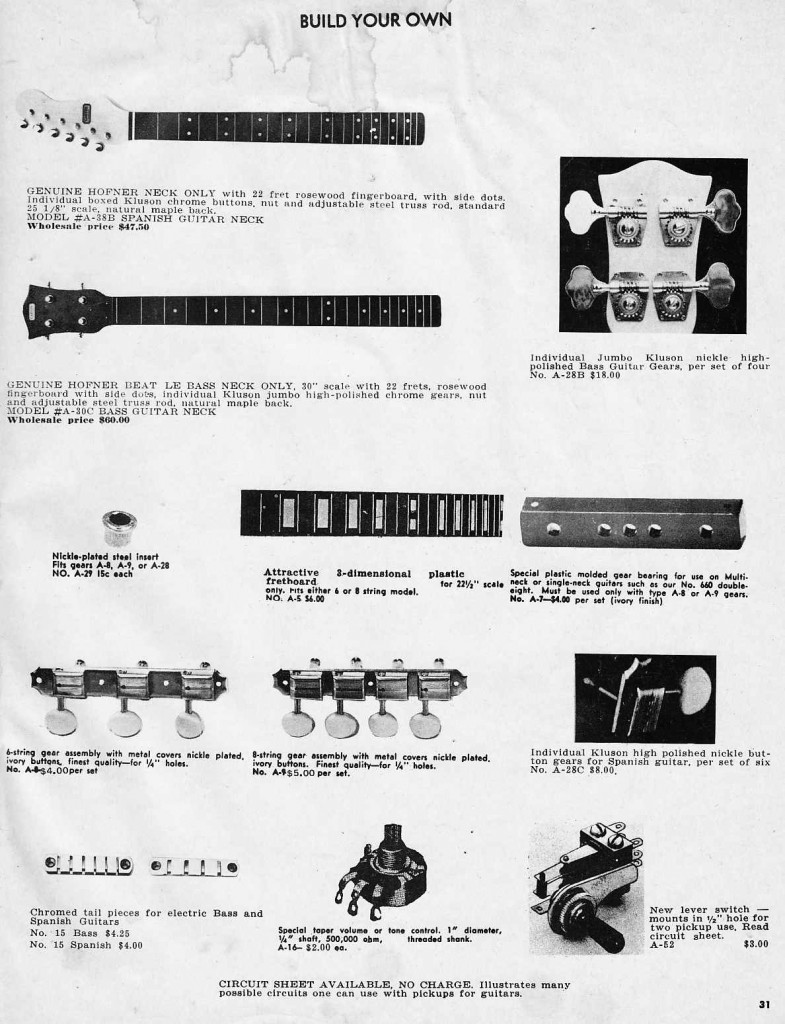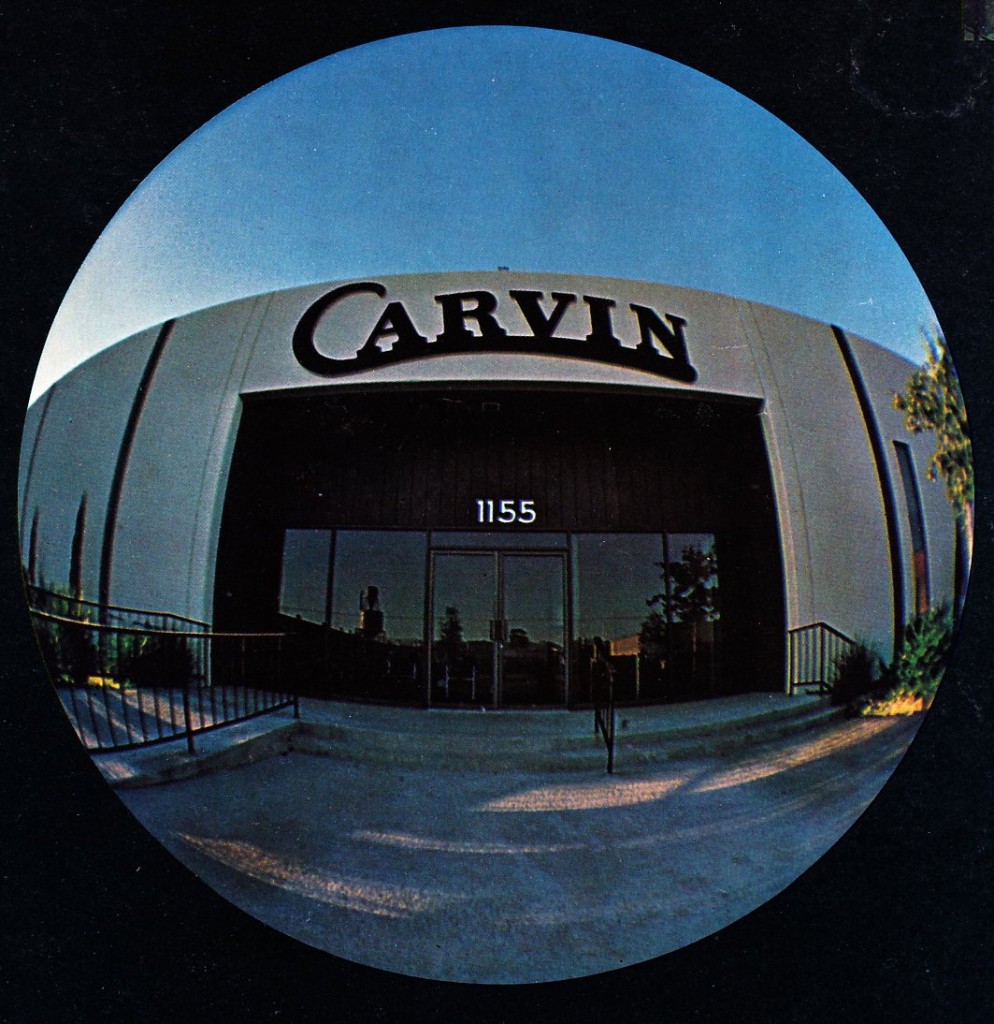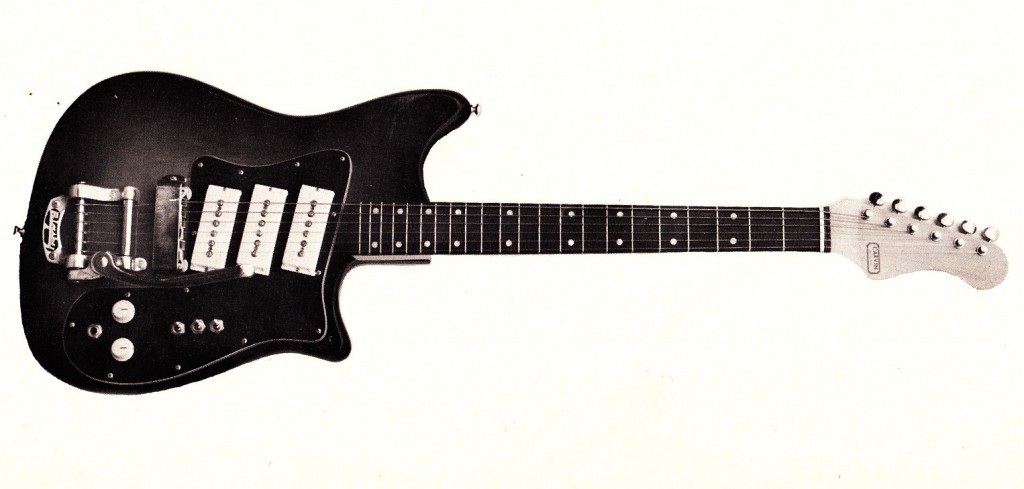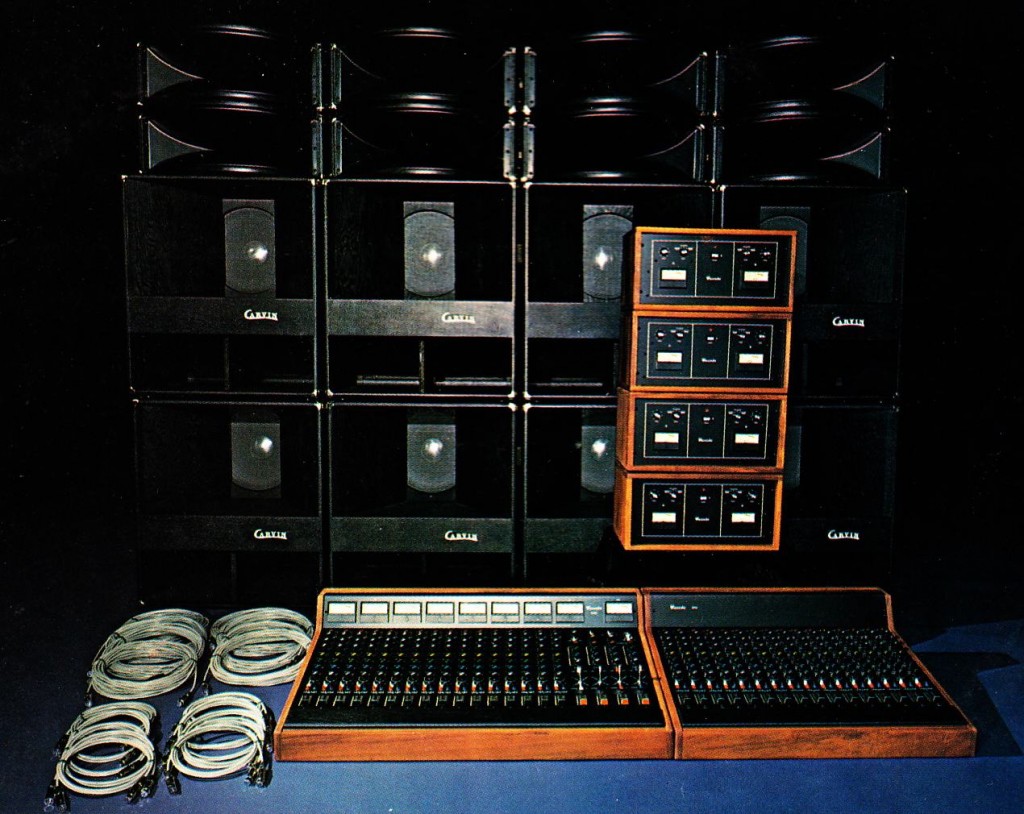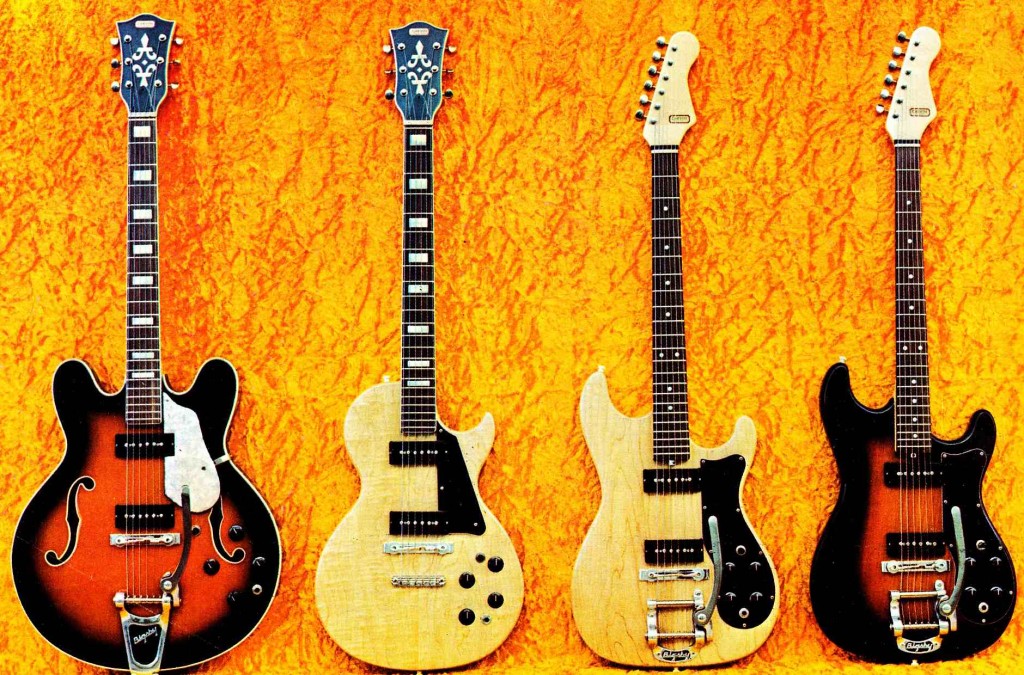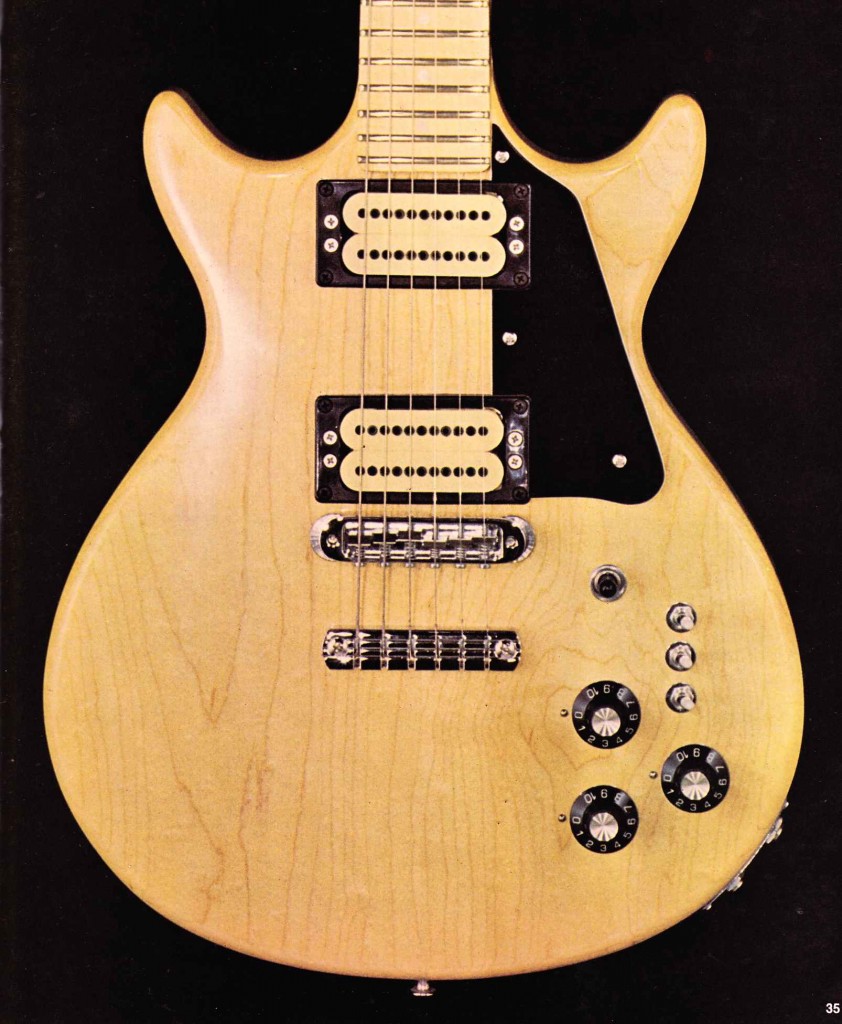 Continuing our series on Carvin Musical Instruments of the 1970s: the complete Carvin electric guitar line-up of 1978. Download a twelve-page scan of the 1978 catalog:
Continuing our series on Carvin Musical Instruments of the 1970s: the complete Carvin electric guitar line-up of 1978. Download a twelve-page scan of the 1978 catalog:
DOWNLOAD: Carvin_guitars_1978
Products on offer include: Carvin DC150C, DC150B, CM140, CM130, and CM120 electric guitars; the Carvin CB100 stereo bass, and the DT630 and DB630 doubleneck instruments.
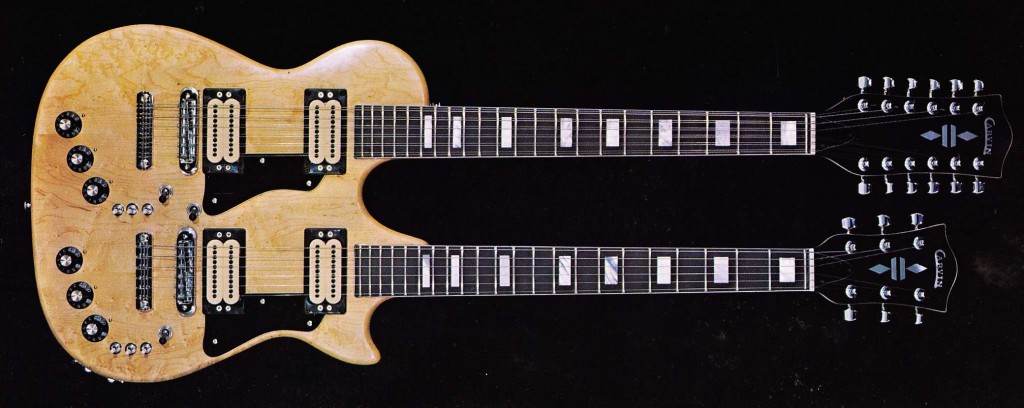 By 1978, Carvin had abandoned the slightly Fender-influenced European-made guitar components they had been using since the late 60s; the 1978 lineup is much more Gibson influenced; or maybe Gibson-by-way-of-Alembic. Noteable late-70s trends at work here include: solid brass hardware; heavier (8.5 lbs) instruments; humbucking pickups with coil taps; ‘natural’ finishes; and plentiful control knobs/switches ala Alembic and BC Rich.
By 1978, Carvin had abandoned the slightly Fender-influenced European-made guitar components they had been using since the late 60s; the 1978 lineup is much more Gibson influenced; or maybe Gibson-by-way-of-Alembic. Noteable late-70s trends at work here include: solid brass hardware; heavier (8.5 lbs) instruments; humbucking pickups with coil taps; ‘natural’ finishes; and plentiful control knobs/switches ala Alembic and BC Rich.
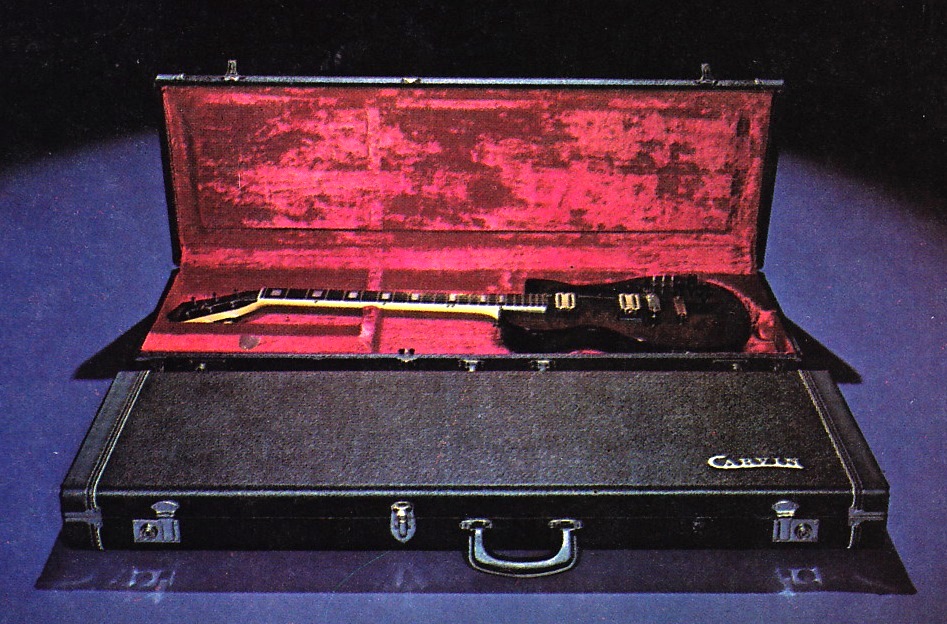 One odd holdout from the earlier era of the electric-guitar is the fact that these instruments shipped with a guitar-cable included. I wonder when this practice finally ended. Seems like a cable more ought to come with an amplifier than with a guitar… Also notable that the bass-instruments shipped with flatwound strings standard. I have noticed that there is a definite trend lately for electric-guitar players to use flatwound strings again; I have been really enjoying the sound of flatwounds on my 60s Fender and Harmony guitars; it’s kinda the secret ingredient to get the sound of 60s records (assuming yr using an old gtr and an old amp as well). The only problem is that they are more expensive. $12 vs $5 for roundwounds. On the other hand, they rarely break, and it’s not necessary to change them as often, as a ‘dulled’ sound is sorta the point.
One odd holdout from the earlier era of the electric-guitar is the fact that these instruments shipped with a guitar-cable included. I wonder when this practice finally ended. Seems like a cable more ought to come with an amplifier than with a guitar… Also notable that the bass-instruments shipped with flatwound strings standard. I have noticed that there is a definite trend lately for electric-guitar players to use flatwound strings again; I have been really enjoying the sound of flatwounds on my 60s Fender and Harmony guitars; it’s kinda the secret ingredient to get the sound of 60s records (assuming yr using an old gtr and an old amp as well). The only problem is that they are more expensive. $12 vs $5 for roundwounds. On the other hand, they rarely break, and it’s not necessary to change them as often, as a ‘dulled’ sound is sorta the point.
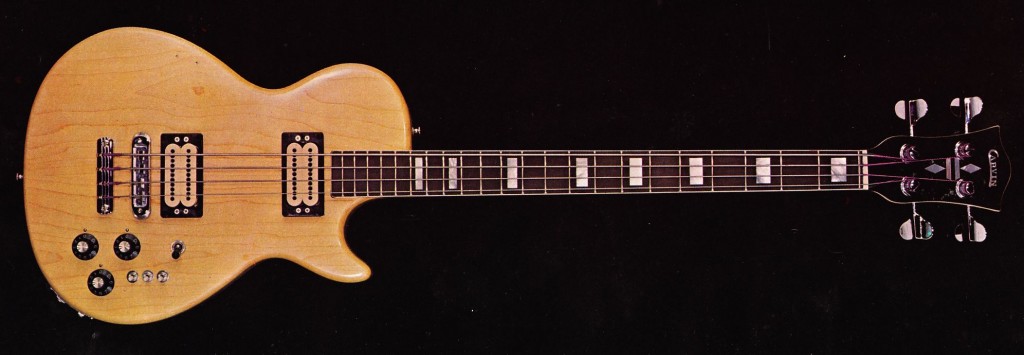 Previous 1970s Carvin coverage on PS dot com begins here…
Previous 1970s Carvin coverage on PS dot com begins here…
